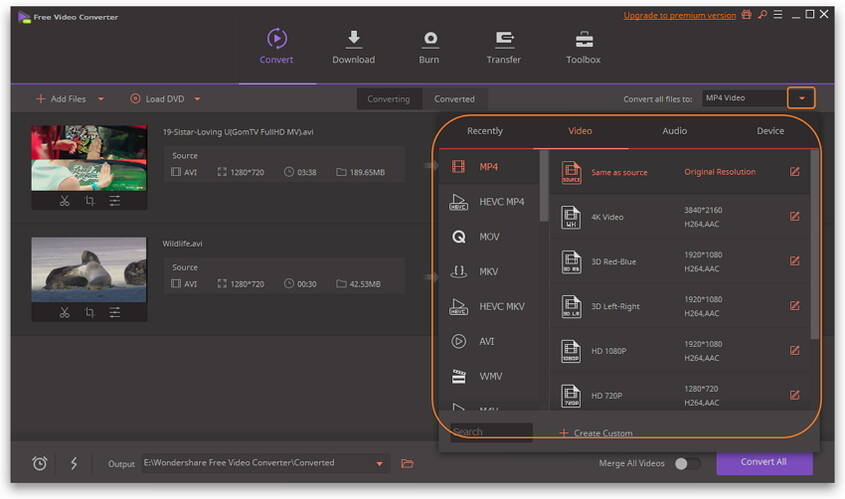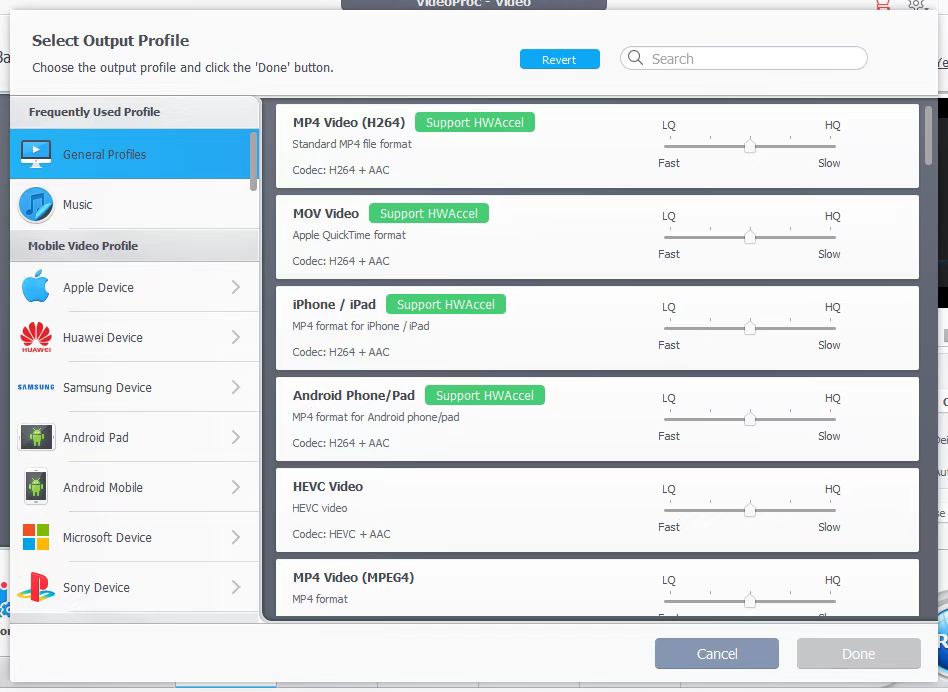

#WINDOWS VIDEO TRANSCODER UPDATE#
Or, update the bitrate to a specific number if you know exactly what you need for where you plan to post your video - this is known as CBR, or constant bitrate.

The dialog box will give you an estimated numerical bitrate depending on your selection.
#WINDOWS VIDEO TRANSCODER PRO#
To transcode your video content during your editing process, Premiere Pro uses Adobe Media Encoder as a background video transcoder. While you can transcode all of your files prior to beginning your work, you may need to get started faster than that. There are two times where you may want to transcode files: before or during your editing work and after your work is complete.
#WINDOWS VIDEO TRANSCODER HOW TO#
How to transcode your videos in Adobe Premiere Pro. If you transcode those files into video formats like ProRes or DNx, you can more quickly edit your work. These clips are often in the H264 or HEVC file format, a format that can be very processor intensive, which means it will slow down your machine. Transcoding will help your editing program and computer work more quickly so you can work more efficiently.įor example, many editors work with smartphone footage. While transcodes are the same frame rates and frame sizes of your original video files, and an hour of footage will take an hour to transcode, it’s faster to edit transcoded footage than to juggle multiple video formats while you work. Transcoding gives projects a common file type that all collaborators can work with. This improves performance of the editing program as well as the filmmaker’s user experience - especially if a creator or editor is collaborating on work. Transcoding (which is a process of decoding, reformatting, and re-encoding files) takes source footage of various types and recodes it into a single video codec or file format. When an editing app works with multiple file types, it can drop frames as it struggles to decode media in real time, meaning you lose footage. Transcoding helps improve your workflow by creating a copy of your video files in a new format that will deliver better playback in your editing platform. The better the quality of the video, or the more footage you need to work with, the more those video files will tax your computer system. What is transcoding and why is it important?


 0 kommentar(er)
0 kommentar(er)
